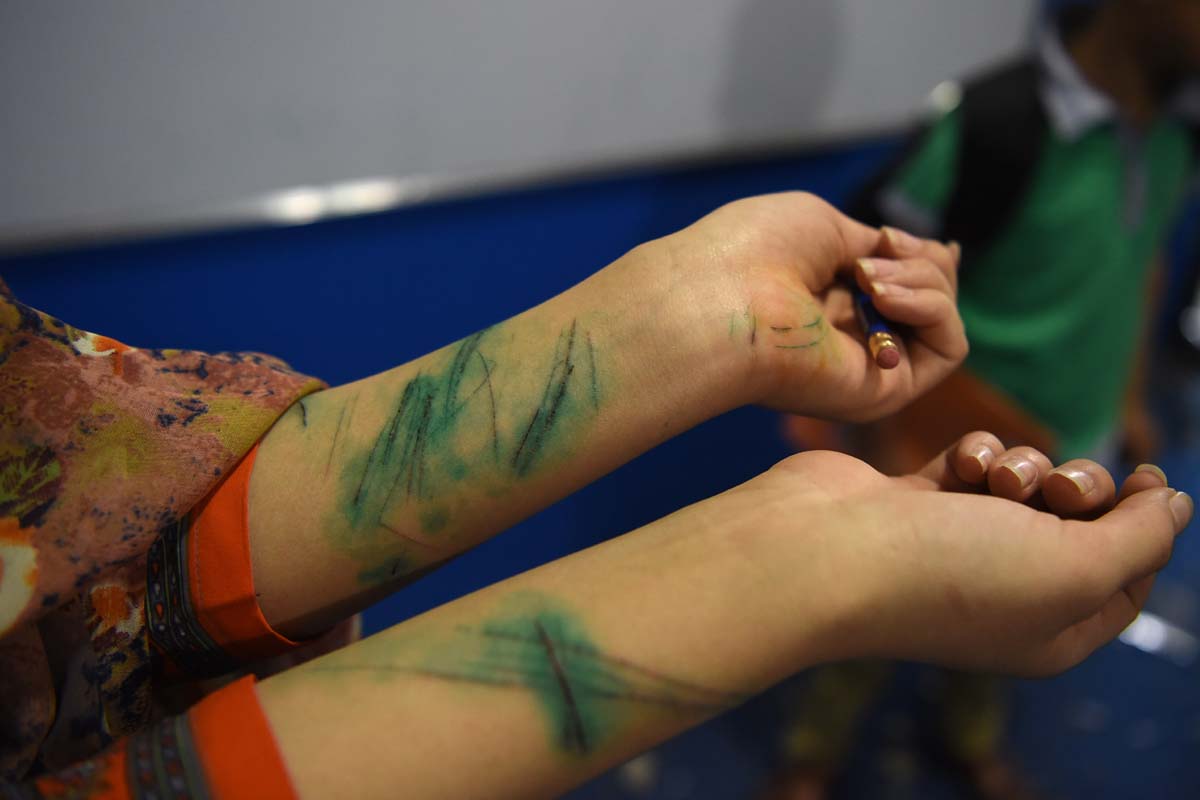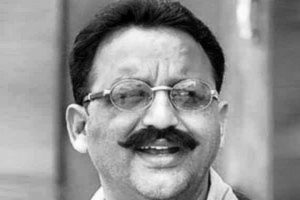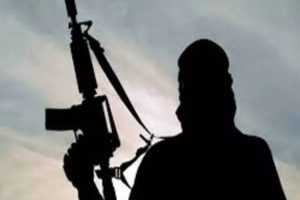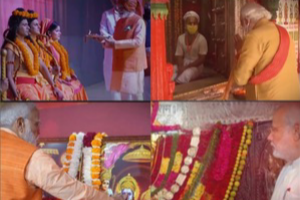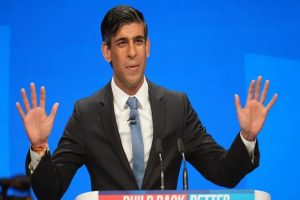US President Donald Trump imperiously cancelled an unprecedented Camp David meeting with the Taliban a few days ago. The nine rounds of peace talks at Doha between US representative Zalmay Khalilzad and Taliban leaders had raised hopes about a settlement in Afghanistan, but this story has got stopped for the present. The Taliban has expressed no remorse, nor any sign it wants to rethink its usual tactic – the induction of terror – to achieve political objectives. This raises two crucial questions. Do the Taliban leaders at the negotiating table really represent the fighters on the ground? And does the US even care one way or the other?
At present Taliban is led by Mullah Abdul Ghani Baradar, Hibatullah Akhundzada and Muhammad Rasul. The talks failed because the Taliban stuck to their fundamental demand of complete withdrawal of the US and its allies’ forces before a ceasefire because of three reasons. The strength of Taliban comes from contractual, seasonal, and/or voluntary fighters with only a core of salaried cadre. They would not be able to negotiate from a position of strength; in a post-ceasefire scenario, majority of their cadre might get demobilised and retreat to their villages.
The essence and lifeline of the movement could get tremendously weakened if the combat tempo is not maintained and retained at what is called combat relevance with Pakistan Army’s support. Second, the Taliban are on the ascendant as per reliable media reports; they control vast areas (almost 55 per cent) outside big cities. The few cities secured by the NATO/ US/ Afghan Forces are highly protected. Third, the Taliban rank and file would revolt against any ceasefire where they seemingly don’t have a very significant, immediate and visible advantage, with the potential of internal fissures and ultimate splintering of the movement.
Most of these disenfranchised Taliban are likely to cross over to the IS (Islamic State), making it difficult for the movement to secure Afghanistan in a post settlement scenario. It is true that Taliban gets the major supply of its weapons from the Pakistan Army and Inter-Services Intelligence. It’s also a fact that many groups get a substantial number of men from the tribal Pashtoon belt, fully supported by ISI and Pakistan Army – and from retired soldiers of the Frontier Force Regiment. Sometimes senior Pakistan Army officers guide the Taliban in strategic operations against US and NATO forces and the Afghanistan National Army. There are two possible options for peace. The first outcome is of a negotiated settlement on ceasefire, the nature of the interim government, the status of women, Afghan constitution and the distribution of resources.
It is easier said than done. Afghans themselves, rather than their myriad backers, are never going to agree to any negotiated settlement. Taliban’s reluctance to talk directly to the Afghan government is a case in point. Three decades ago, the Geneva Accords (14 April 1988) were possible because of the robust Seven Parties’ Alliance representing Afghan Mujahedeen of all religious, political and ethnic backgrounds, backed by Pakistan’s unflinching military and intelligence support and the backing of the US and the erstwhile USSR, who wanted to leave expeditiously. This time around, Taliban decision-making seems more dominated by military considerations through with full support of Pakistan’s Establishment. The second outcome is the continuation of military operations by the Taliban till their complete victory and control over the Afghan territory.
The chances for this are remote so long as US/NATO forces are there. In case of a peace settlement, observers say that radical Islamists reportedly were planning a concerted recruitment drive to lure in the disenfranchised Taliban and other elements. They have cash from extortion, abductions, illicit trade in opiates and have a committed cadre repatriated from the Middle East and elsewhere, besides the defected Taliban. And geographic advantage of their strongholds in eastern Afghanistan makes them safely entrenched. So, the Afghan conflict is likely to be either the Taliban battling the US/ NATO and the Afghan Government Forces as it is doing now; or the Taliban fighting the IS (Islamic State) Forces.
To have effective control and governance, one group must emerge predominantly victorious at the cost of the others. How long will the talks remain in suspended animation? Is the USA really going to abandon the system built so painstakingly after the Taliban’s fall just because the Taliban doesn’t like it? And what of the people who serve the constitution and the government, especially since the insurgents have quite openly branded them traitors who sold out for American dollars? And what about issues like minority and women’s rights going forward since nobody has forgotten how things worked under the Taliban? Also, since the insurgents are clearly the dominant military force on the ground, even with US presence (around 14000 troops and 15000 private security personnel) what’s there to stop them from simply imposing their will on everyone else once the Americans leave?
As such, it is likely that soon the US and Taliban will resume their conversation, and that the Afghan government will still be on the sidelines. Even though Mr. Trump has said talks are “dead”, there is some speculation that the cancellation of the Camp David summit was a blip, and probably a temporary one. The Taliban initially lashed out. It said, “More than anyone else, the loss will be for the United States.” But it also cannily indicated a willingness to return to the negotiating table. The conflict can end on the negotiation table or on the battlefield. The Taliban supported by Pakistan’s Establishment has to choose. So far, the battlefield seems to have been chosen.
The Taliban are also on the offensive with a renewed vengeance and violence. Their operations continue unabated across Afghanistan in areas like Kabul, Balkh, Kunduz, Parwan, Farah, Faryab, Logar, Takhar, Puli Khumri, Wardak, Maiwand, Uruzgan, Arghandab, Qalat and Kandahar, etc. One is reminded of a Pashto proverb, “khabarey pe khabaro khalasigee” (issues are resolved through talks). But there are less chances of this issue getting resolved through talks too soon.
(The writer is a senior IAS officer of the Punjab Cadre)

